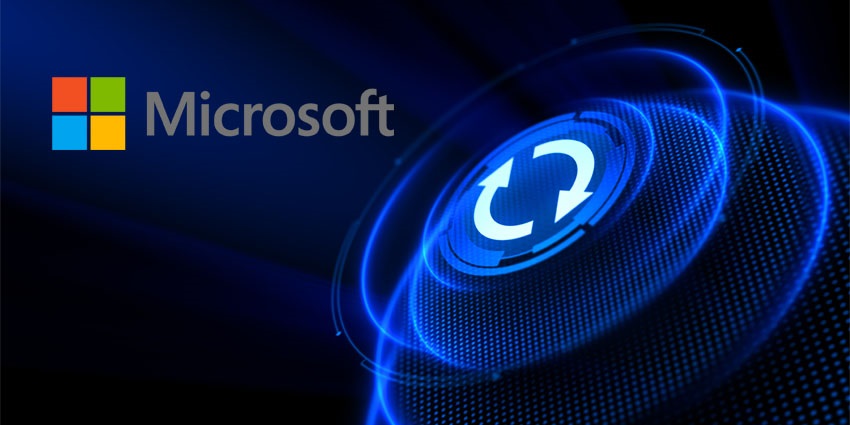Qualcomm recently said that the “next version” of Windows is expected to be released later this year, prompting speculation about whether it was a reference to Windows 12.
As first reported by PC Mag Australia, Cristiano Amon, CEO of Qualcomm, discussed the release schedule for the company’s ARM-based Snapdragon X Elite during a recent earnings call.
Amon highlighted that the product’s release would be tied to the “next version” of Microsoft‘s Windows service, which is set to be heavily embedded with AI capabilities:
We’re tracking to the launch of products with this chipset tied with the next version of Microsoft Windows that has a lot of the Windows AI capabilities. We’re still maintaining the same date, which is driven by Windows, which is mid-2024, getting ready for back-to-school.”
Naturally, this is miles away from an official confirmation that Windows 12’s release is on track for the middle of this year. Still, Amon’s word choice for “next version of Windows” instead of “Update” or similar has caused an inevitable stir.
While it is well-known that Microsoft is currently working on Windows 12, no concrete release timeframes have been provided. Industry experts have suggested that Microsoft only intends to release a Windows 11 24H2 update in 2024 and to keep Windows 12 until 2025.
However, Amon’s comments aren’t the first suggestion that Windows 12 might arrive sooner than expected. Late in 2023, Intel Chief Financial Officer Dave Zinsner said, “We actually think ’24 is going to be a pretty good year for client, in particular, because of the Windows refresh.”
Furthermore, a December statement from Taiwan’s Commercial Times said PC manufacturers anticipate that Windows 12 will launch in June of this year.
However, while there is knowledge of initial internal builds of Windows 12 within Microsoft, a release so soon seems implausible, given the complexity of issues such as testing and bug-fixing. It would make more sense that the mid-year version that Amon alludes to will be the AI-focused Windows 11 24H2 upgrade.
What Else Has Microsoft Been Up To Recently?
Last week, Microsoft published its quarterly earnings for FY Q2, highlighting the strong revenue growth the market expects from the newly crowned world’s most valuable company.
The business reported its best-ever quarterly sales for the fifth consecutive quarter. Overall sales for the quarter ending December 31, 2023, climbed 18 percent to $62bn, while revenue attributed to Microsoft Cloud grew a quarter to $33.7bn.
Teams has been the critical solution of Microsoft’s earnings call since the pandemic’s peak in 2020, but it wasn’t especially cited in the call as generative AI and Copilot stole the spotlight.
CEO Satya Nadella said that its AI powerhouse solution, Copilot, underpinned a 70 percent increase “in productivity using generative AI for specific work tasks”.
In other Microsoft news, Microsoft Teams and 365 apps are now on Apple’s Vision Pro spatial computing service. As well as key Teams features such as video conferencing, file sharing and chat, Teams utilises the advanced features of Apple Vision Pro to improve user experiences on video calls, including Personas, infinite canvas for collaboration, and interactive chats powered by emojis and reactions.
Users can now download Teams from the App Store on Apple Vision Pro as well as the Microsoft Copilot, Word, Excel, PowerPoint, Outlook, OneNote and Loop apps.
Last week, Microsoft jointly announced a series of meeting room solutions at Integrated Systems Europe (ISE) 2024 with Cisco and Samsung. The combined room kits entail Cisco devices powered by its RoomOS software and integrated with Samsung smart signage displays featuring Microsoft Teams with Front Row.
The ambition of the collaboration is to integrate video collaboration solutions into the Cisco Room Series. These solutions include Front Row, an inclusive content layout tailored explicitly for Microsoft Teams Rooms.







